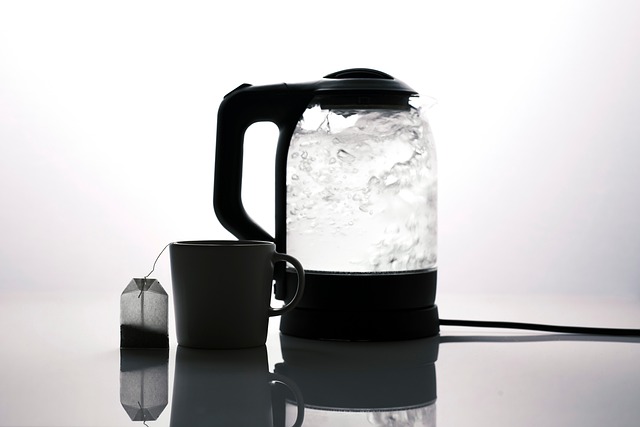Kettle Basics: How Kettles Heat Water in the Kitchen
A kettle is one of the simplest, most used appliances in many kitchens worldwide. Whether electric or stovetop, kettles perform a focused task: transfer energy to water until it reaches boiling. This article explains how kettles work, how they heat water efficiently, what boiling involves, and practical care tips to keep a kettle working well.

What is a kettle?
A kettle is a vessel designed to heat and contain water until it reaches the desired temperature, typically boiling. Traditional kettles sit on a stove, while electric kettles use an internal heating element and automatic shutoff. Kettles come in a variety of sizes and materials—stainless steel, glass, and plastic are common—and are valued for speed and convenience when you need hot water for beverages, cooking, or cleaning.
Why keep a kettle in the kitchen?
A kettle is a kitchen staple because it provides near-instant hot water for everyday tasks. In a busy kitchen environment, having a dedicated device for heating small quantities of water frees up stovetop burners and reduces wait time. Kettles also help with safety: modern electric models often include automatic shutoff and boil-dry protection, reducing the risk of leaving water unattended. Proper placement on a stable countertop, near a power outlet for electric kettles, makes kitchen workflow smoother.
How does a kettle heat water?
Heating in a kettle relies on transferring energy from a heat source into the water. In stovetop kettles, heat from the burner warms the kettle base and conducts upward into the water. Electric kettles use a concealed or exposed heating element that converts electrical energy into heat through resistance; this element directly warms the water or the kettle’s base plate. The efficiency of heating depends on element power, kettle material, and how well the vessel conducts heat. Lid design and water volume also affect heating time—less water boils faster.
What is boiling and how is it reached?
Boiling is the phase change of water from liquid to vapor, occurring when the vapor pressure of the water equals the surrounding atmospheric pressure. At standard atmospheric pressure, this happens at about 100°C (212°F), though altitude and impurities can change that temperature. In a kettle, continued heating raises water temperature until steam forms vigorously—this is the visible boiling point. Many electric kettles detect the sharp temperature change and shut off automatically, while stovetop kettles often signal boiling with a whistle caused by steam forcing its way through a small spout cap.
How to care for your kettle to optimize heating
Regular maintenance preserves heating efficiency and extends a kettle’s life. Descale periodically if you live in an area with hard water; mineral buildup on heating elements or the kettle base reduces heat transfer and increases energy use. Cleaning the interior with a vinegar or citric acid solution and rinsing thoroughly removes limescale. For electric kettles, avoid submerging the base or exposing electrical components to moisture. Inspect seals, handles, and cords for wear, and replace parts or the unit if safety features—like automatic shutoff or boil-dry protection—fail.
A final note on safety and energy use: Only heat the amount of water you need to reduce energy consumption and avoid leaving the kettle unattended. Choosing a kettle with an efficient heating element and a snug lid reduces heat loss, shortening boiling times and saving energy. With simple maintenance and safe use, a kettle remains a reliable tool for delivering hot water quickly in the kitchen.





